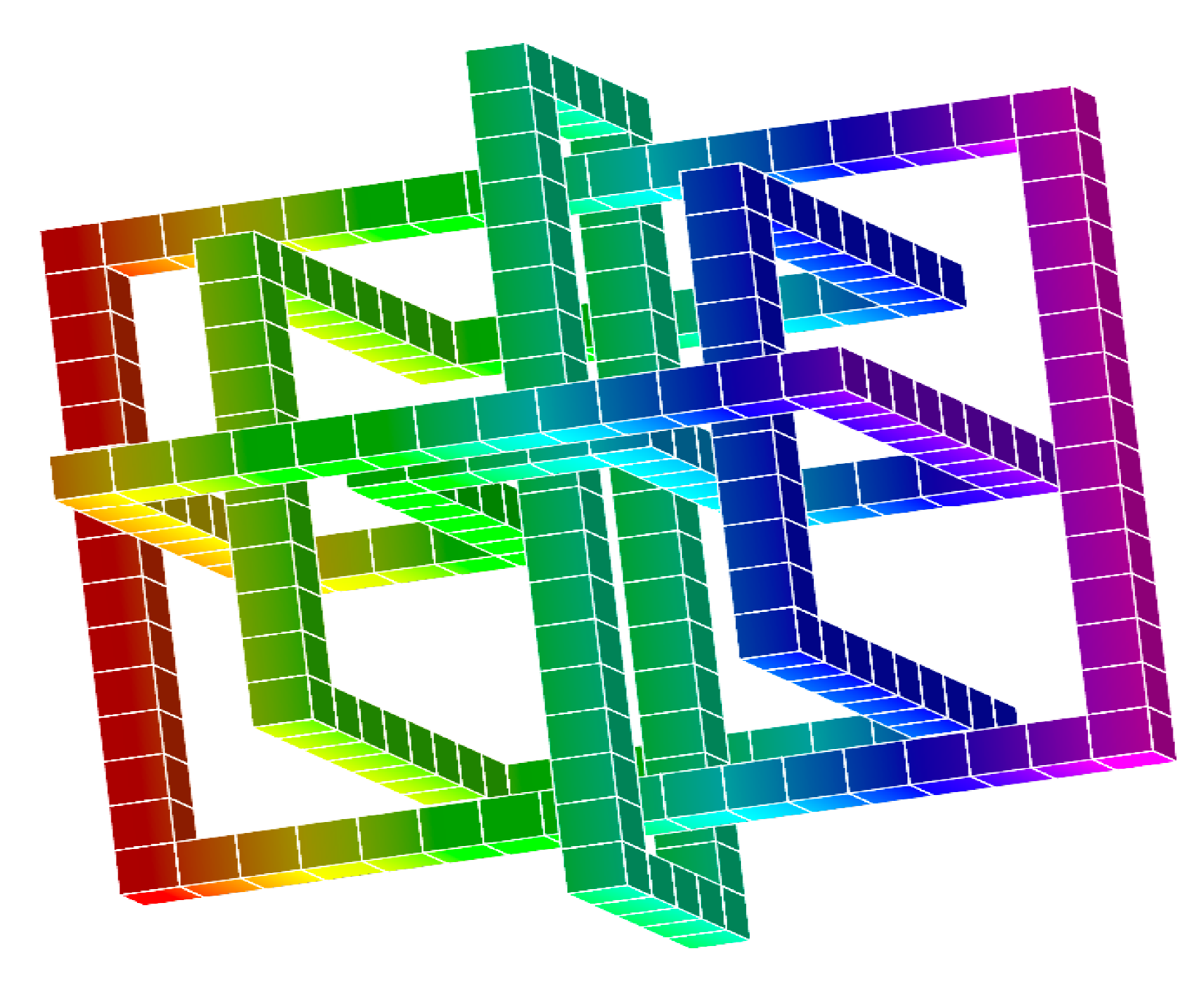New Invariant Quantity To Measure The Entanglement In The Braids
Keywords:
Linkingnumber, Sato-Levineinvariant, Evans-Bergerformula, MagnetichelicityAbstract
In this work, we demonstrate that the integral formula for a generalised Sato-Levine invariant is consistent in certain situations with Evans and Berger's formula for the fourth-order winding number. Also, we found that, in principle, one can derive analogous high-order winding numbers by which one can calculate the entanglement of braids. The winding number for the Brunnian 4-braid is calculated algebraically using the cup product on the cohomology of a finite regular CW-space which is the complement $\mathbb{R}^3\backslash \mathcal{B}_4$.

Published
How to Cite
Issue
Section
Copyright (c) 2022 Faik Mayah, Nisreen Alokbi, Ali Sabeeh Rasheed

This work is licensed under a Creative Commons Attribution 4.0 International License.







